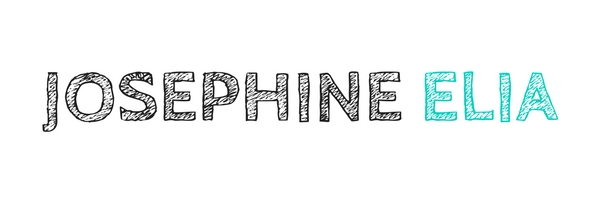My reading journey through Thinking, Fast and Slow, Part 3
I care whether what I believe is true. I care whether or not my perceptions equal reality. I want the correlation between how I think things are and how things really are to be 100%. This is much like approaching infinity, I know, but I am going there nonetheless.
I’m a System 2 girl [1].
As much as possible, I try to ‘decorrelate errors’ when forming an opinion, to be aware of personal biases, and to acknowledge the limitations of my current position. I read instead of watch news; I don’t multitask while listening to talks; I make efforts to read things I don’t agree with; all to ensure what goes into my mind passes through conscious thought and deliberation. (Of course, this also means my biases serves as a filter – it’s not a perfect mechanism). Reading something like Thinking, Fast and Slow, specifically on the downfalls of intuition and snap judgment, only affirms me in my scrutiny of information.
Certainly it’s not possible to live like this all the time, and it’s not good to do so. For high-stake matters, it’s not OK to let mere feelings guide judgments. But for most everyday things, reliance on System 1 is perfectly OK. Kahneman himself says that ‘System 1 is the hero of the book’ and is very efficient in its functions (e.g., compare distances, detect sounds, associate ideas, discern nuances, etc.). It has its limitations, but so does System 2.
Yet, the engineer in me is biased to think that System 2 must win; it is the way to get that maximum perception-reality correlation. If I could summarize my previous thought on this matter, it’d be something like this:
If only we could employ System 2 all the time, we’d get reality as it is. System 1 is permitted to operate, but it really is optional, because System 2 can do everything that System 1 does, though slower. In fact, using System 1 sometimes introduces errors, so whenever possible and practical, just bypass it and employ System 2.
So when Kahneman says matter-of-factly, “The world in our heads is not a precise replica of reality,” I paused.
I mean, I know the statement is true, but I still somehow thought there was a way around it if we perfected the coherence of our thinking. Moreover, the statement comes from someone who studies all these mechanisms. Isn’t it not OK to remain in an imperfect reality?
I guess, No, it’s not OK, and Yes, it’s OK.
It’s fine to live with an imprecise replica of reality and it’s also fine to strive for reality. It’s just the way things are. Different situations call for different intensities of pursuit. One must maintain both the quest for what’s true and accept the asymptotic nature of it, without descending to nihilism.
And oh yeah, System 1 is important too. It’s neither superior nor inferior to System 2; it just serves different functions. The two systems complement each other and more importantly, can correct each other.
So, this acceptance will not really change my pursuit for that unhindered perception. But it also gives me assurance that life is not inferior when I take a break from it. Embracing the tensions between ideas—isn’t that the wisdom of living in an imperfect world?
For now we see through a glass, darkly; but then face to face:
now I know in part; but then shall I know even as also I am known.
1 Corinthians 13:12, King James Version
I will live, for now, in between the OK and Not OK.
[1] “System 1 operates automatically and quickly, with little or no effort and no sense of voluntary control. System 2 allocates attention to the effortful mental activities that demand it, including complex computations. The operations of System 2 are often associated with the subjective experience of agency, choice, and concentration.” (Kahneman, from chapter 1 of Thinking, Fast and Slow).




This kind of reminds me of the Sabbath School lesson a couple weeks: Already, Not Yet.